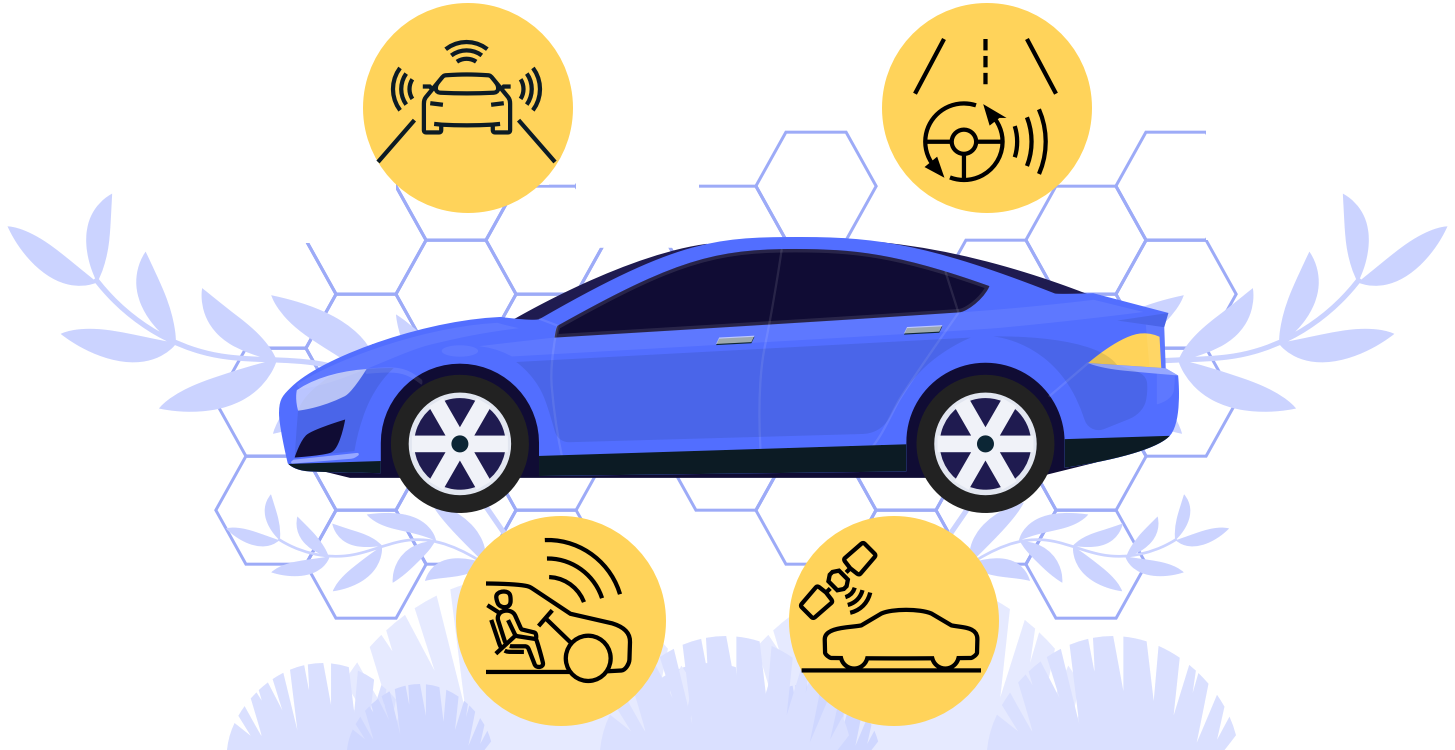Automotive technology has evolved tremendously throughout the years. These advances have aimed to address specific environmental and vehicle safety concerns and to increase technological innovations. Some of the most popular driving technologies on the market today include Advanced Driver Assistance Systems (ADAS), Automatic Emergency Braking (AEB), connected mobile apps and digital keys.
The National Highway Traffic Safety Administration (NHTSA) presumes that drivers can enjoy more safety benefits as manufacturers increasingly incorporate technology in their vehicles. And while you may think this would decrease car insurance premiums, it may be the other way around. ADAS may reduce the probability of crashes, but the cost of repairs is higher if it does happen.






